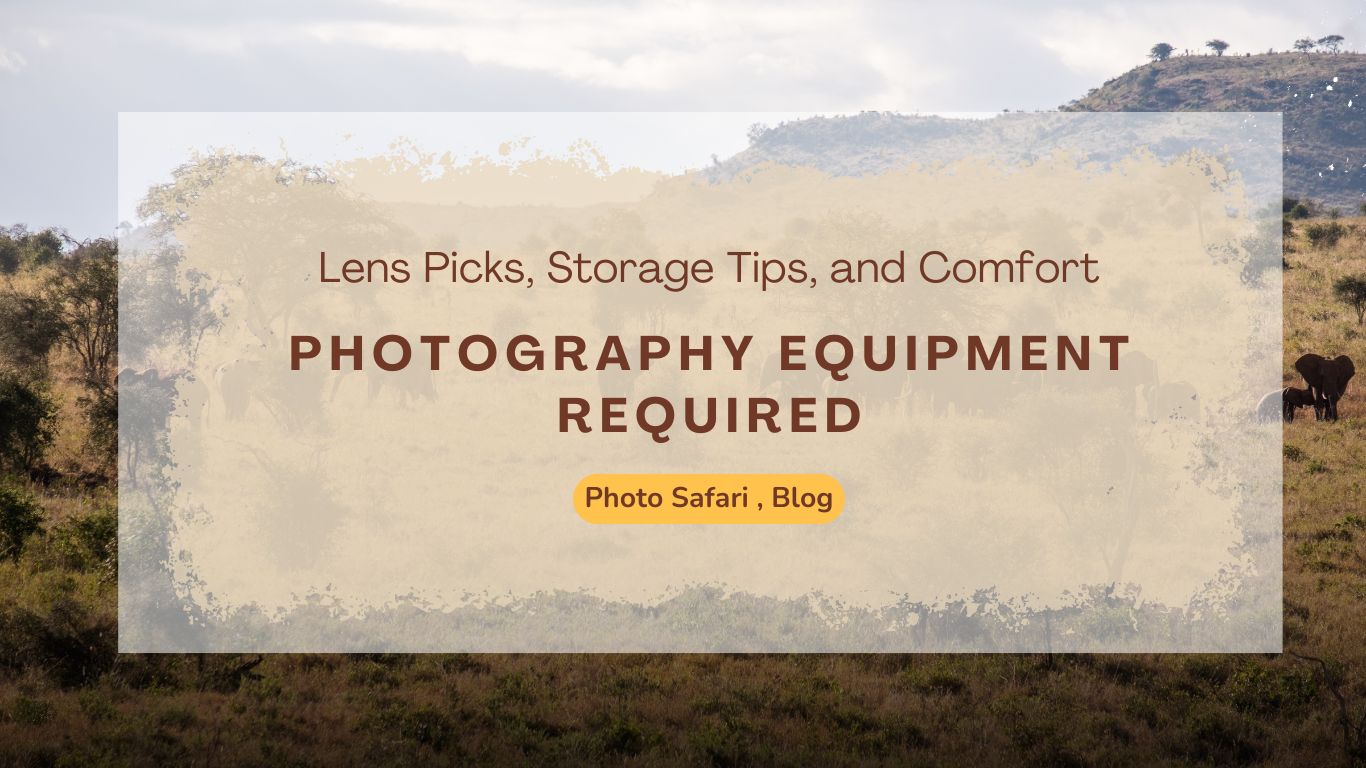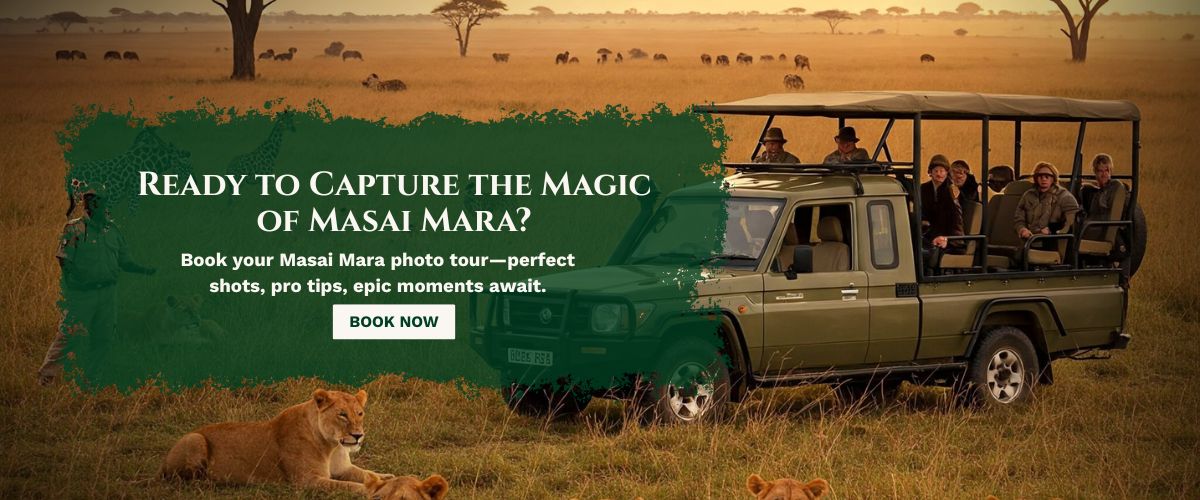Photography Equipment Required Photography Tour
Planning a Masai Mara photography tour? Whether it’s your first time on a Masai Mara safari or you’re returning for another round of epic wildlife encounters, being well-prepared with the right gear can elevate your entire experience. From essential wildlife photography gear like telephoto lenses and monopods to packing tips for long game drives, this guide walks you through everything you’ll need to make the most of your time on the plains.
Table of Contents
- Why the Right Gear Matters in Masai Mara
- Camera Bodies Built for Safari Action
- The Lenses That Bring Wildlife Closer
- Stabilization Gear: Monopods, Tripods & More
- Don’t Forget the Accessories
- Managing Storage, Power, and Backups
- Essentials for Personal Comfort During Game Drives
- Wrapping Up: Be Camera-Ready for the Wild
Why the Right Gear Matters in Masai Mara
We see it often—guests arriving at Mara Siligi Camp with high expectations and big dreams, only to realize midway through the safari that their gear is holding them back. That’s why we always recommend planning your equipment carefully when booking a Masai Mara photography tour.
You’re not just here to spot wildlife—you’re here to capture it in its rawest form. The cheetah’s sprint, the lion’s stare, the golden light at dawn—all of this happens fast and often at a distance. The right gear helps you seize those fleeting moments, whether you’re a first-time visitor or part of our returning photography groups.
We’ve had guests who booked specialized Masai Mara photography tour packages, and while the experience is curated for the perfect shots, missing a critical piece of equipment can lead to regret later. A moment you miss in the Mara rarely repeats itself. From dramatic crossings during the Great Migration to intimate moments at a watering hole, each sighting is unique. With the right camera bodies, lenses, and backup gear, you’re not just taking photos—you’re telling powerful wildlife stories.
That’s why we’ve put together this guide—to help you arrive prepared and confident. Whether you’re here for your first Masai Mara photo safari or returning to expand your wildlife portfolio, having the proper gear is your best advantage.
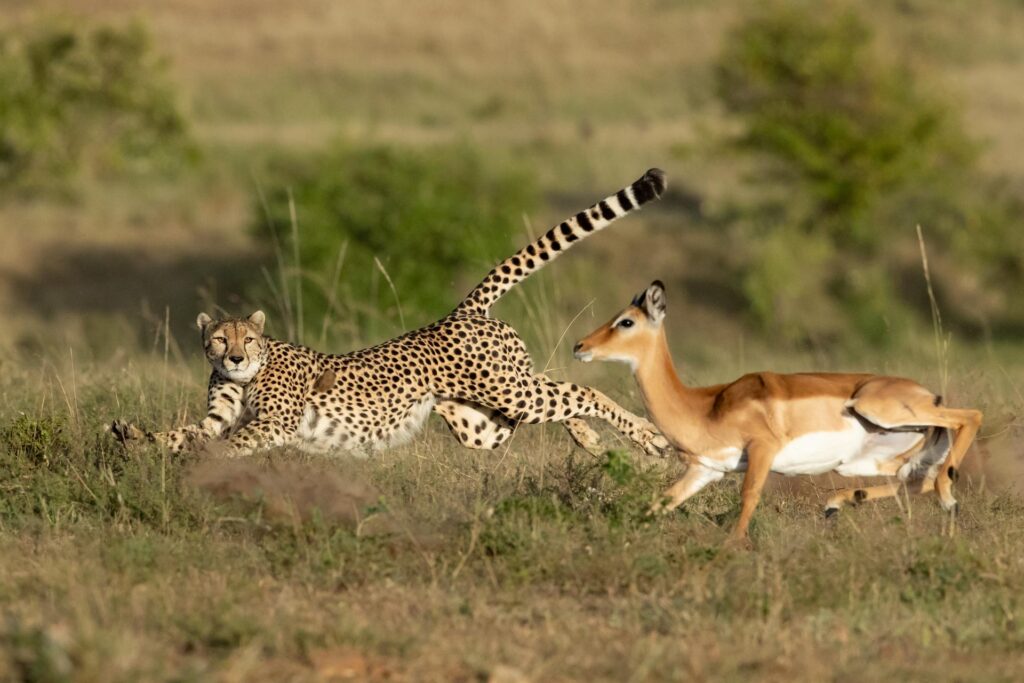
Camera Bodies Built for Safari Action
Go With Fast, Reliable Bodies
Out in the Mara, things happen fast—really fast. One second, you’re watching a lion stretch in the grass, and the next, it’s mid-sprint chasing a gazelle. That’s why we always recommend bringing a camera body with quick autofocus, strong subject tracking, and a high frame rate. Whether you’re following a big cat’s movement across the savannah or trying to freeze a lilac-breasted roller in flight, your gear needs to react as quickly as you do.
Over the years, we’ve seen what works best during our Masai Mara photography tour packages, and here are some top choices our guests and professional photographers swear by:
- Canon R5 / R6 Mark II – Excellent tracking and low-light performance
- Sony A1 / A9 II – Lightning-fast autofocus and stunning image quality
- Nikon Z8 / D850 – Rugged, reliable, and highly detailed resolution
All of these options hold up well in safari conditions. The Mara is known for its heat, dust, and long game drives—so ruggedness and battery efficiency are just as important as image quality.
If you’re booking a Masai Mara photo safari, it’s worth investing in gear that can go the distance with you—both figuratively and literally.
Why We Recommend Two Bodies
Here’s something we advise all our guests at Mara Siligi Camp, especially those focused on wildlife photography: bring two camera bodies if you can.
Switching lenses mid-drive can be a real challenge. You’re balancing your camera in a moving vehicle, wildlife is often on the move, and there’s dust all around. By carrying two camera bodies—one paired with a wide-angle or mid-range lens, and the other with a telephoto—you’re always ready for both close encounters and distant action.
Guests who come prepared this way tend to capture far more variety, from dramatic animal portraits to sweeping landscapes of the Mara plains. It also means less risk of dust entering your camera during lens changes and less chance of missing a once-in-a-lifetime moment.
If your goal is to make the most of your Masai Mara photography tour, this small upgrade to your setup can make a big impact.
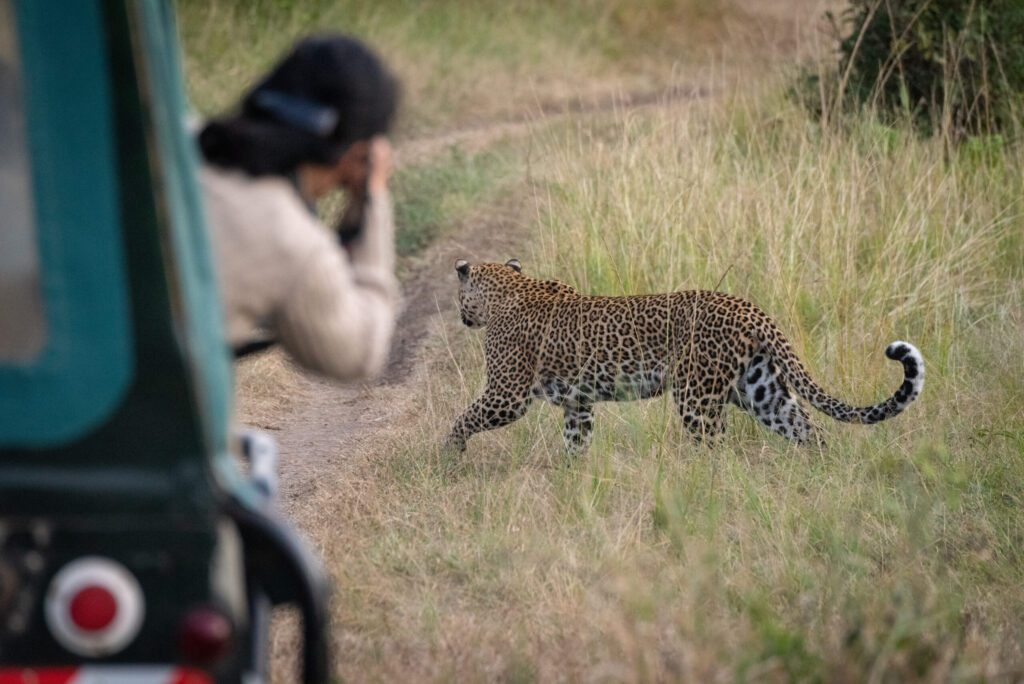
The Lenses That Bring Wildlife Closer
On any Masai Mara photography tour, your lenses aren’t just tools—they’re your eyes into the wild. Every lens tells a different part of the story, from the intensity of a lion’s gaze to the vast, rolling savannahs that define the Mara landscape.
Out here, action unfolds across great distances. Animals rarely walk up to the vehicle and pose (though, every now and then, we get lucky!). So, having the right lens for the right moment is key to coming home with images you’re proud of.
Long Telephoto Lenses (400mm–600mm)
These are your main safari workhorses. For that iconic shot of a leopard lounging in an acacia tree or a lion surveying the plains from afar, a telephoto is essential. Most guests who join our Masai Mara photography tour packages rely heavily on their long lenses during every game drive.
Some guest favorites include:
- Canon RF 100-500mm – Lightweight, sharp, and versatile
- Nikon Z 180-600mm – Excellent range and great value
- Sony 200-600mm – Smooth tracking, fantastic reach
These lenses not only deliver outstanding clarity but also give you the flexibility to recompose on the fly—crucial when you’re shooting from a vehicle or reacting to fast-moving wildlife.
We’ve seen guests capture breathtaking shots of cheetahs hunting or elephants crossing riverbeds from impressive distances using these setups. They truly shine in the open grasslands of Masai Mara, where animals roam free and wild.
Mid-Range Zoom (70-200mm or 24-105mm)
When wildlife ventures closer to your vehicle—and it often does in the Mara—you’ll be glad you brought a mid-range zoom. These lenses are ideal for capturing animal behavior, group dynamics within herds, and even action scenes when the telephoto is just too tight.
They’re also great when you want to include a bit more of the environment—like an elephant herd walking beneath stormy skies or zebras grazing at golden hour.
Many of our guests alternate between this and their longer lens throughout the day to get a diverse set of compositions.
Wide-Angle (16-35mm or 14-24mm)
These lenses don’t get used as frequently during wildlife drives, but when they do—wow, do they shine.
A wide-angle lens helps you showcase the Masai Mara’s sweeping landscapes, big skies, and epic sunrises. It’s also great for capturing the atmosphere at Mara Siligi Camp, especially during those peaceful early mornings or evenings under a starlit sky.
Some guests even enjoy setting up long exposures at camp to photograph the Milky Way over the plains—a wide-angle is a must for that.
Whether you’re aiming for dramatic wildlife portraits or cinematic landscape shots, the right lens selection can transform your Masai Mara photo safari experience. If you’re not sure which lenses to prioritize, we’re always happy to offer suggestions based on the season, wildlife activity, and your photography goals.
Just remember—each lens is a different perspective, and in the Mara, every perspective tells a story.
Forgot to pack something?
A selection of Canon cameras and lenses is available at camp for rent if pre-booked. This includes the Canon 5D Mark III & Mark IV, Canon 100–400mm L IS II, 70–200mm L IS II, and the 500mm L IS II prime lens, along with a 1.4x teleconverter. Each rental includes one battery and a CF card, so you can shoot worry-free even if your gear is limited.
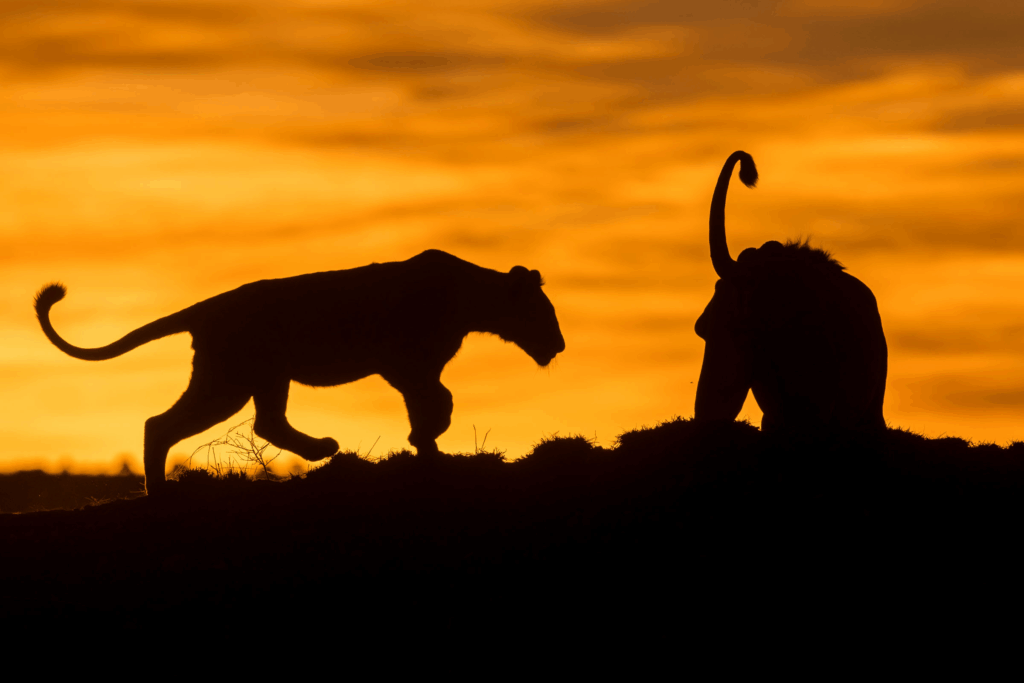

Stabilization Gear: Monopods, Tripods & More
Out here on the plains, you’ll spend most of your photography time inside a 4×4—engine running, cameras clicking, and wildlife constantly on the move. The terrain can be uneven, and you’ll rarely have the chance to step out for a proper setup. That’s why we always remind our guests: stabilization is everything.
The right support system for your camera and lens can dramatically improve sharpness, reduce fatigue, and help you keep up with the rhythm of the wild. Whether you’re shooting lions mid-hunt or capturing the soft glow of dawn, these tools help you stay ready without missing a beat.
Monopods – Highly Recommended
Ask any of our returning guests, and they’ll tell you—a monopod is their go-to piece of gear on a Masai Mara photography tour.
Monopods strike the perfect balance: they offer solid support for heavier lenses without taking up too much space inside the vehicle. You can pivot quickly, follow movement smoothly, and pack it away in seconds when needed. We’ve seen them make a huge difference, especially for guests using 400mm+ lenses.
Tripods – Lightweight and Selective
Tripods do have their place on safari, but their use is more limited. You’ll want one that’s compact and easy to carry—ideally carbon fiber. We recommend using tripods mainly for:
- Sunrise and sunset shots
- Star trails or night sky photography at Mara Siligi Camp
- Camp-side slow exposures or storytelling frames
They aren’t practical during drives, but they can shine during those peaceful moments back at camp or during scheduled stops.
Gimbal Heads
If your lens setup is on the heavier side and you’re aiming to pan smoothly while tracking movement—think birds in flight or cheetahs running—then a gimbal head is worth considering.
These specialized mounts distribute weight better and offer fluid motion, which comes in handy when you’re locked onto a fast-moving subject. Guests who bring one often come back with incredible action shots that are tack-sharp, even at long focal lengths.

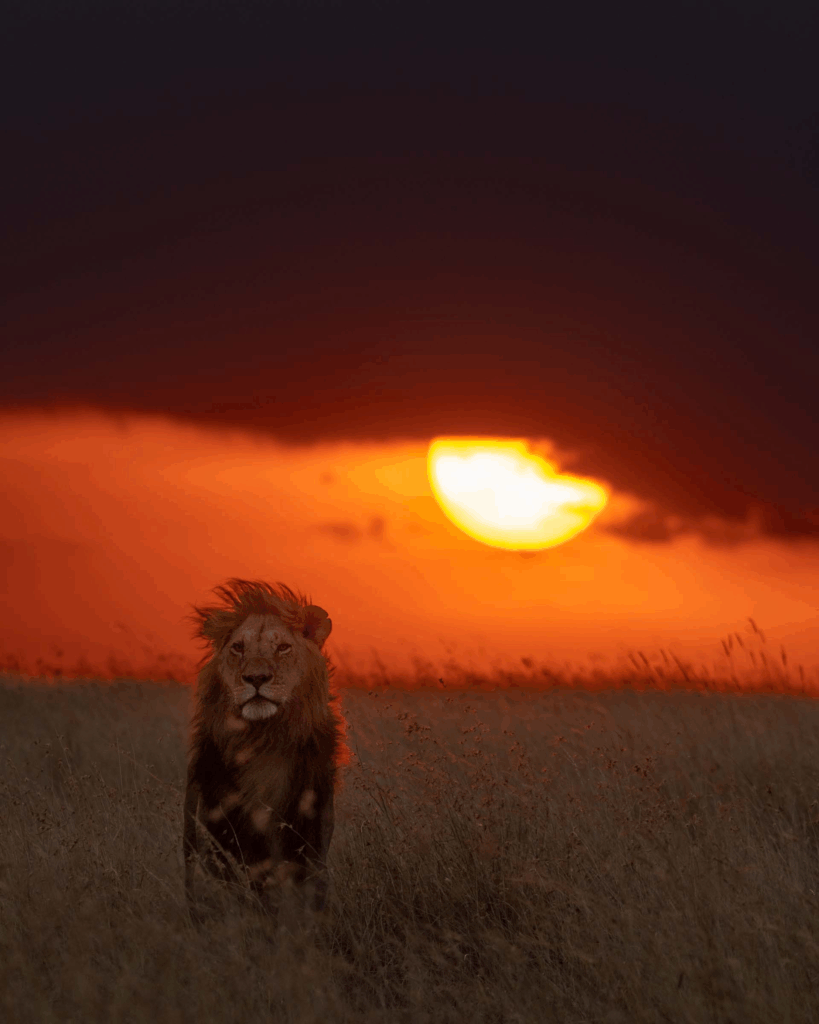
Don’t Forget the Accessories
It’s always the small things that make the biggest difference—and that couldn’t be more true during a Masai Mara photo safari. We’ve seen time and again how the right accessory at the right moment can save a whole game drive.
Here’s a checklist we share with our guests to help them come prepared (and worry-free):
Must-Pack Items:
- Lens hoods – Help reduce glare and keep dust off your glass, especially while shooting in strong sunlight or from open vehicles.
- Cleaning kit – The Mara is beautiful, but it’s also dusty. Keeping your gear clean is a daily job. Pack:
- Microfiber cloths
- Air blower
- Lens wipes
- Rain covers – Weather here can change quickly, especially during the green season. A sudden downpour doesn’t have to stop your shoot—just be sure your camera is protected.
- Bean bags – These are incredibly useful for stabilizing your lens on vehicle windows or door frames.
Good news: we provide bean bags here at Mara Siligi Camp, so you won’t need to pack one unless you prefer using your own. Most guests find ours perfect for the job, especially when using longer telephoto lenses.
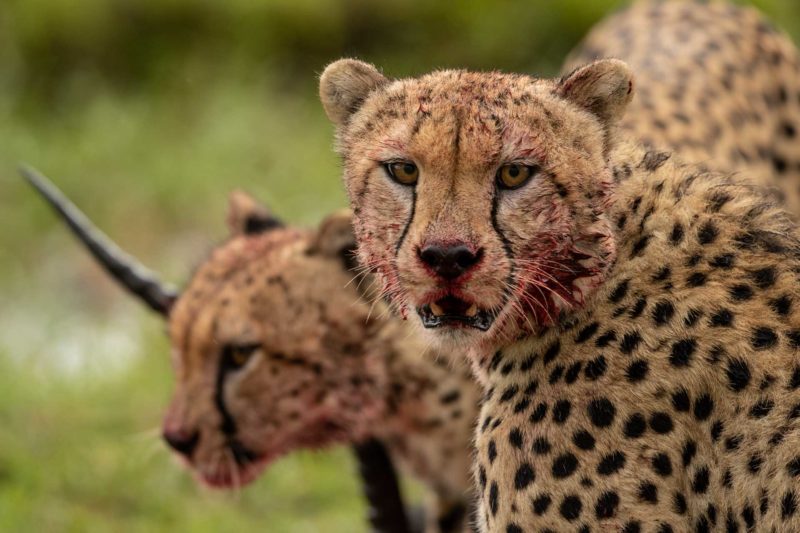
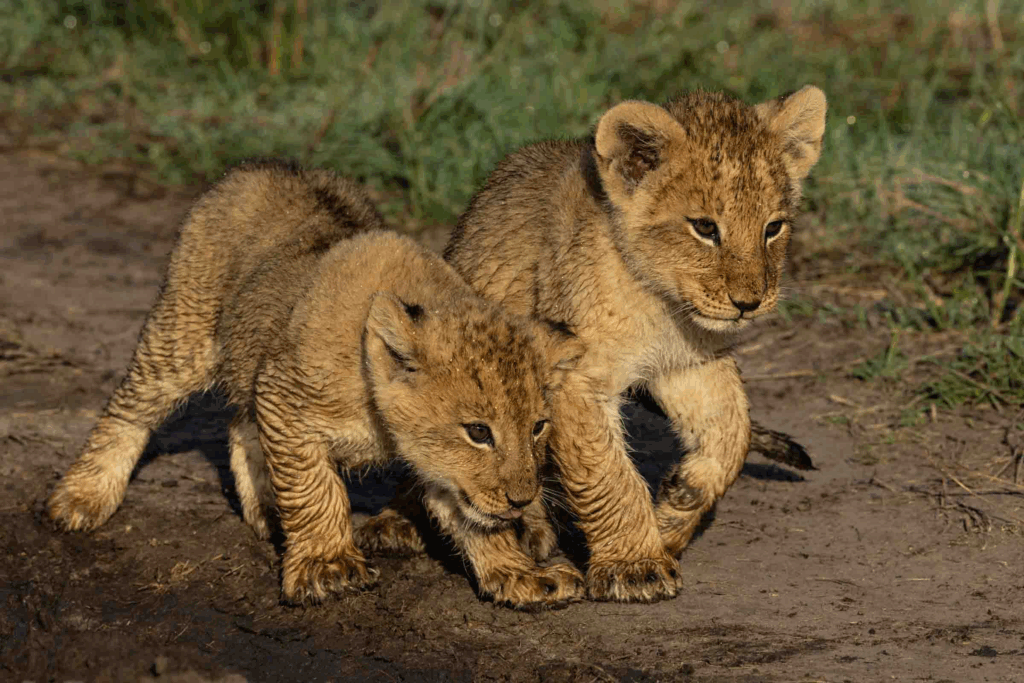
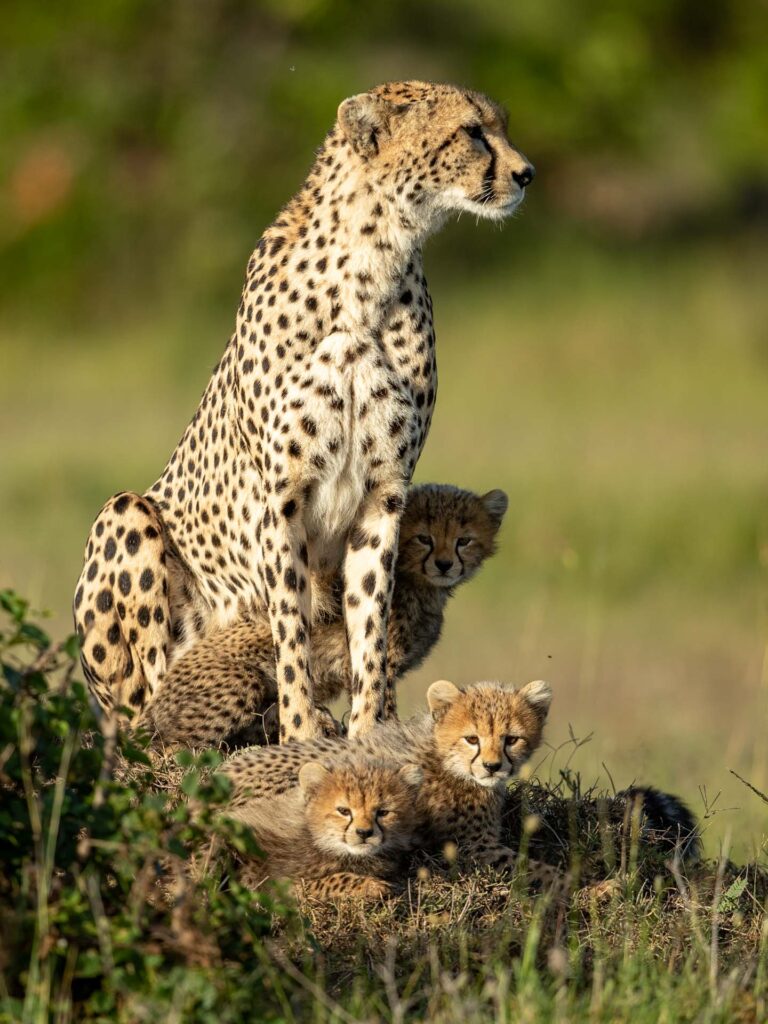
Managing Storage, Power, and Backups
If there’s one thing we’ve learned from years of guiding photographers through the Mara, it’s this: you’ll never regret having too much storage or too many batteries. That heart-stopping moment when a lioness steps into golden light? You’ll want to be ready.
Here’s what we suggest packing to stay worry-free in the field:
- Multiple fast memory cards – UHS-II or CFexpress cards are ideal. Go for 128GB or more—you’ll be surprised how fast they fill up during a good sighting.
- Extra batteries – Aim for at least 2–3 per camera body. Power tends to drain faster with continuous shooting and live view.
- Battery chargers – Bring dual or car-compatible ones. Charging options are available at camp, but backups are always smart.
- Portable SSD or rugged backup drive – Ideal for daily backups. It’s always safer to copy your day’s work in case of card failure.
- Laptop or tablet – Not just for backups—great for reviewing shots, clearing cards, or even a quick edit.
- Power banks – Handy for charging phones, GoPros, or other devices during long drives.
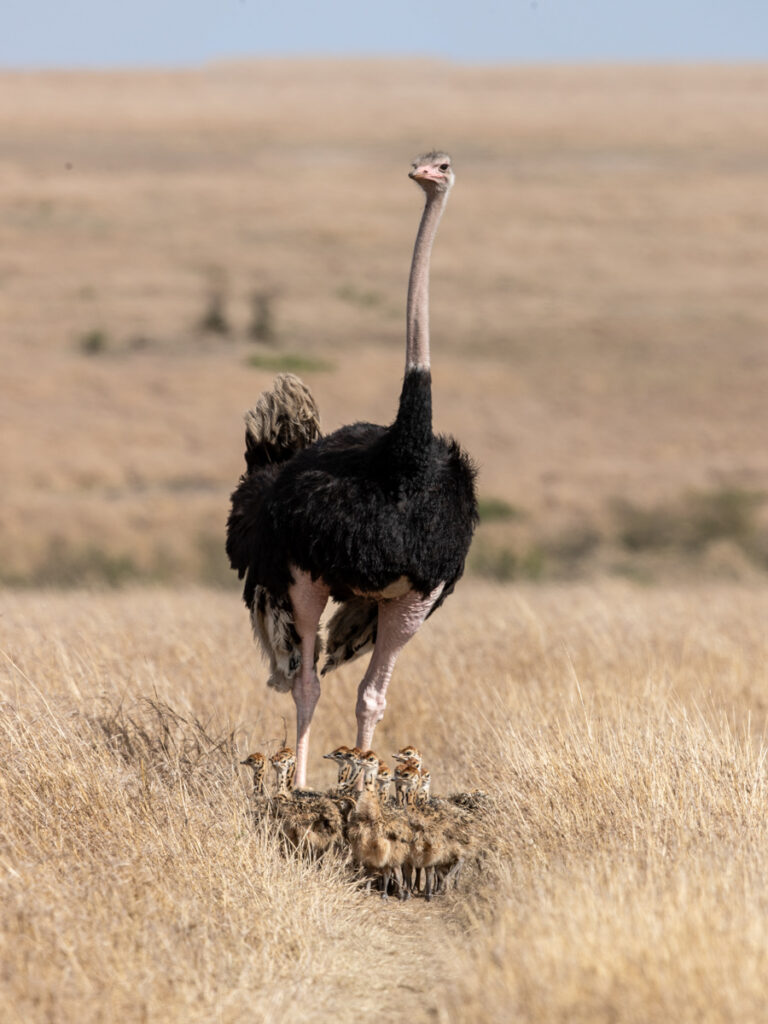
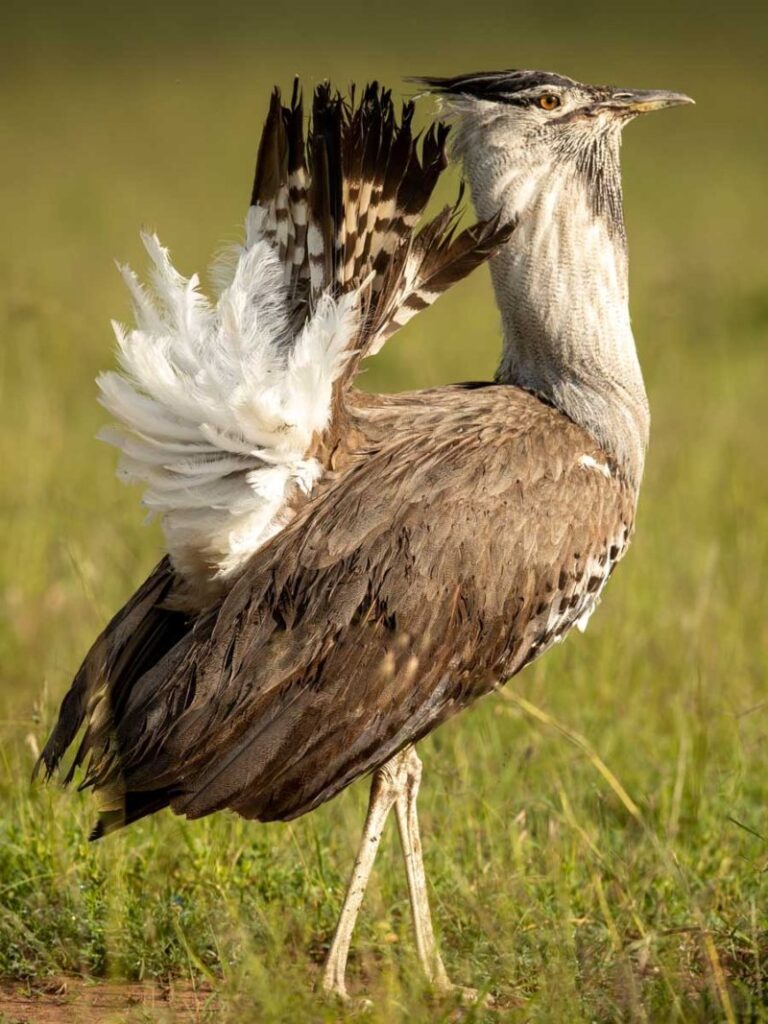
Essentials for Personal Comfort During Game Drives
While camera gear gets all the attention, your personal comfort is just as important—especially during those early morning starts and long drives across the savanna.
Here’s what we’ve seen work best:
- Neutral, breathable clothing – Earthy tones are ideal. They help with both temperature and staying low-profile to wildlife.
- A light fleece or jacket – It can be surprisingly chilly before sunrise, especially during June–August.
- Wide-brimmed hat & polarized sunglasses – That African sun can be intense by mid-morning.
- High-SPF sunscreen & insect repellent – Both are must-haves. You’ll thank yourself later.
- Water bottle & a few energy bars – We stock our vehicles with fresh water, but having your own bottle makes it easy to stay hydrated.
We want you to focus on the experience, not the discomfort. A little planning here makes a big difference out there.
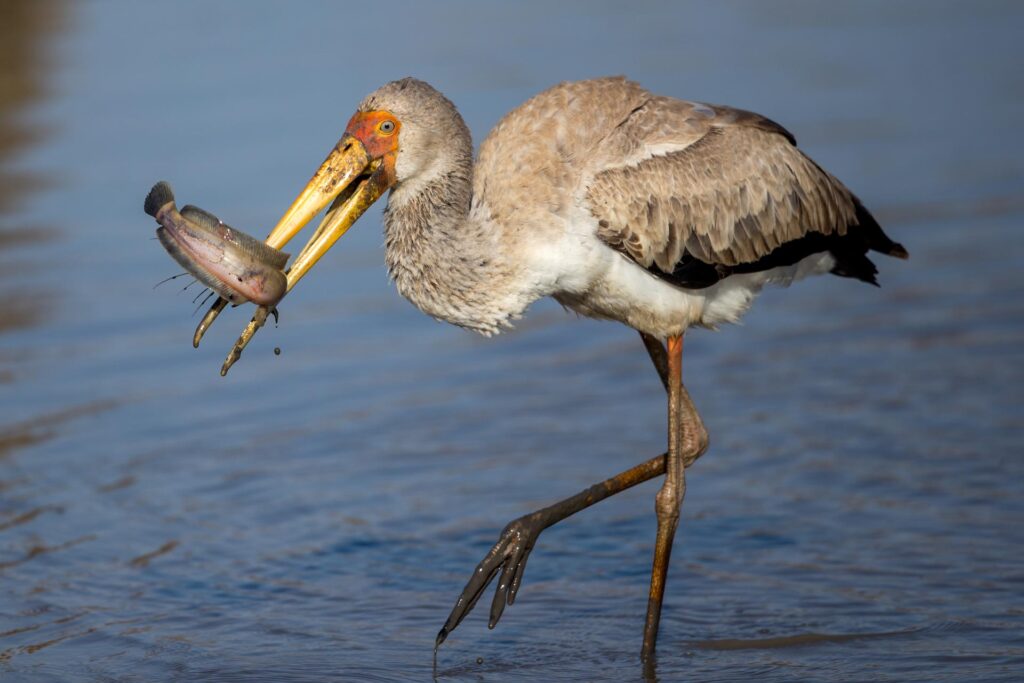
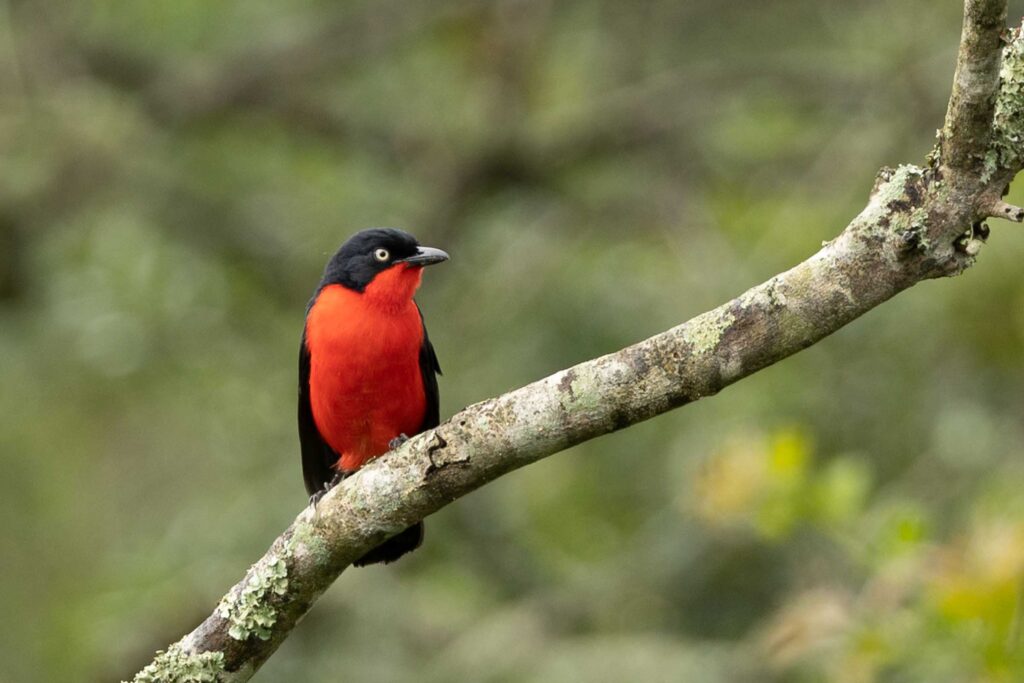
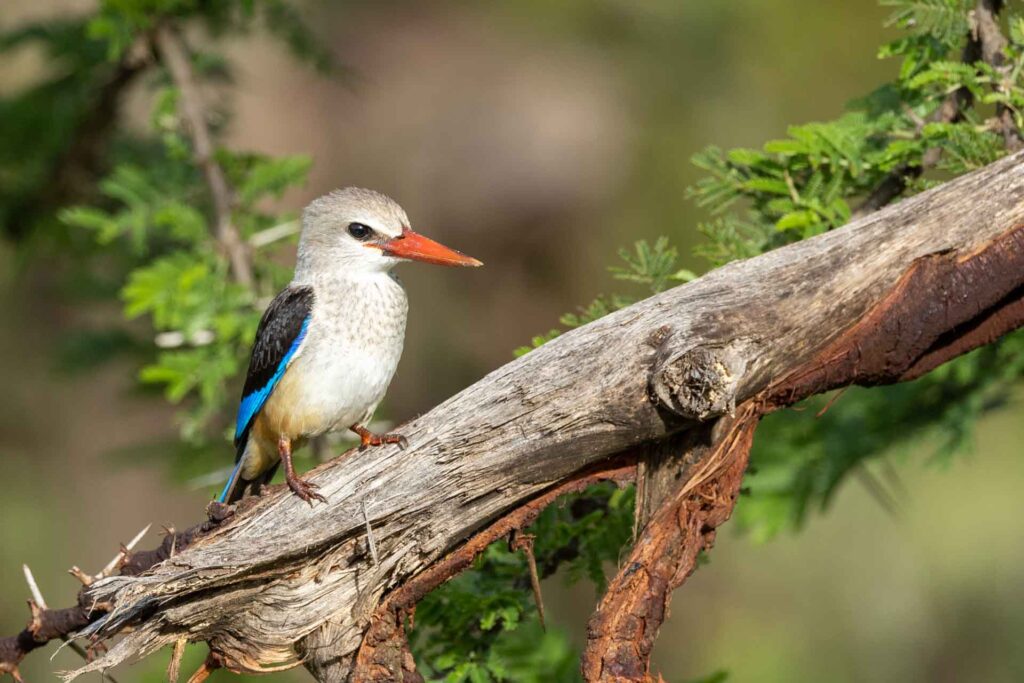
Wrapping Up: Be Camera-Ready for the Wild
If you’re gearing up for one of our Masai Mara photography tour packages, this list gives you a great starting point. Our team at Mara Siligi Camp has hosted everyone—from hobbyists to seasoned professionals—and we know firsthand that being prepared makes all the difference.
The Mara offers drama, beauty, and unmatched wildlife moments every single day. From lions on the hunt to elephants at golden hour, it’s all waiting for you. When you arrive ready—with the right gear in hand—you give yourself the chance to bring those moments home in full detail.
Quick Checklist Recap
Cameras:
- 2 Pro-level DSLR or mirrorless bodies
Lenses:
- 100–500mm or 200–600mm
- 70–200mm / 24–105mm
- 16–35mm or 14–24mm
Stabilization:
- Monopod (preferred)
- Lightweight tripod
- Gimbal head (if using heavy telephoto)
- Bean bag
Accessories:
- Rain cover
- Cleaning kit
- Lens hoods
Storage & Power:
- Extra batteries
- Multiple fast memory cards
- Backup SSD
- Laptop/tablet
- Chargers (including car charger)
Personal Essentials:
- Neutral clothing
- Hat & sunglasses
- Jacket for mornings
- Sunscreen & insect repellent
- Water & snacks
Whether you’re here for a week or longer, or simply researching the best wildlife photography tours in Masai Mara, we hope this guide helps you show up ready. If you still have questions, feel free to reach out—we’re always happy to help guests prep before arrival.
After all, the Mara never repeats a moment. When it happens, you’ll want your finger on the shutter and your gear ready to go.

